It's hard to believe, but we're already on our third Jelly Bean update. Following the (necessary) upheaval ushered in by Android 4.0 (codenamed Ice Cream Sandwich), Google has since stuck to incremental updates—versions 4.1, 4.2, and 4.3 have all introduced a couple of tentpole features alongside more substantive under-the-hood tweaks. None of these updates have drastically altered the face of the operating system.
Even in light of Android 4.1 and 4.2, the latest Jelly Bean revision feels like a minor update. There's nothing as significant as Google Now, Project Butter, multi-user support, or even smaller, everyday-useful tweaks like the Quick Settings panel or gesture keyboard that came with Android 4.2. The latter feature has actually been broken out from the rest of the OS and offered as a download for all Android 4.0-and-up devices, which is reflective of a larger Android strategy. Google apparently wants to update its apps, services, and APIs without wading through the Android fragmentation minefield.
That said, Android 4.3 still brings welcome architectural improvements that address key weaknesses of the platform while laying the groundwork for future growth. We won't hit everything in this review, but we'll detail the changes you're most likely to notice and benefit from.
We'll also note which Nexus and Google Play edition devices benefit, since there's some feature fragmentation going on here depending on the size and age of your device. We'll also spend time evaluating Android 4.3's performance and battery life relative to Android 4.2.2 on all of the Nexus and Google Play edition hardware that Google is currently selling. If past is prologue, these are the only devices that will be getting Android 4.3 for at least a few months, and a few of the updates fill feature gaps that Google's partners have already closed in their own Android builds.
Restricted user profiles
Supported Google devices: 2012 Nexus 7, 2013 Nexus 7, Nexus 10



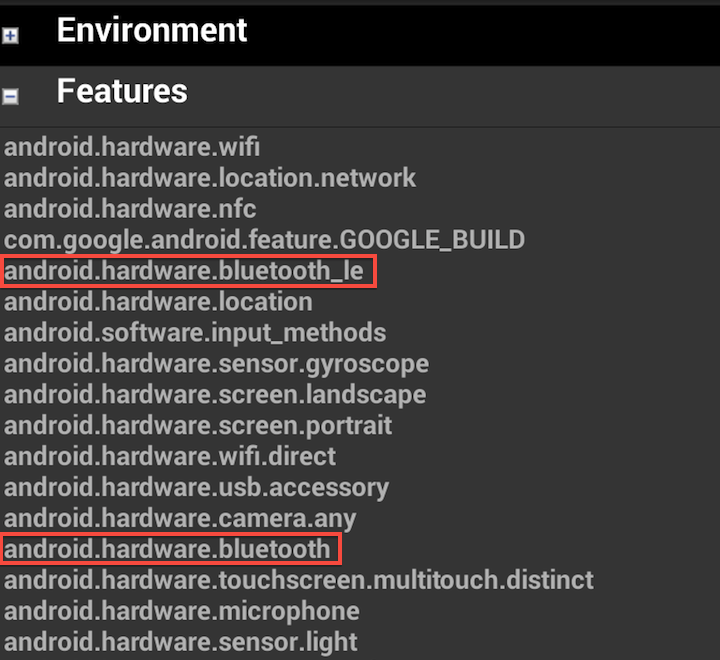
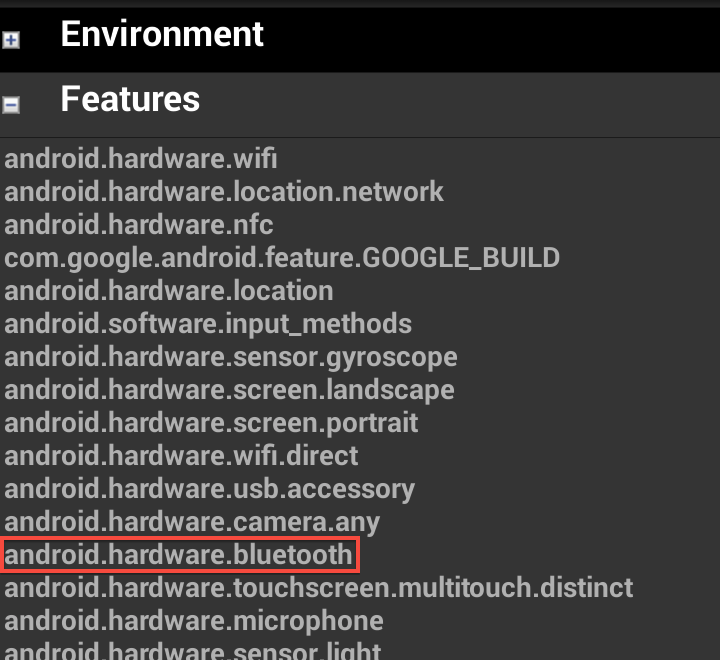
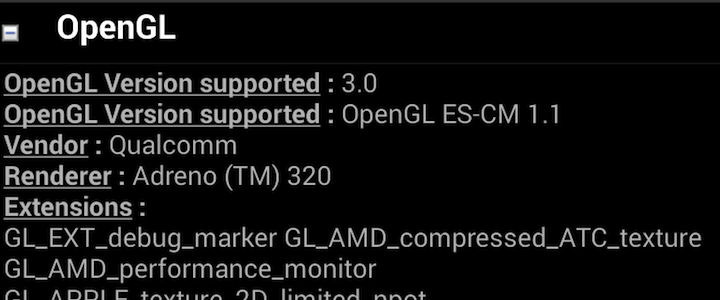
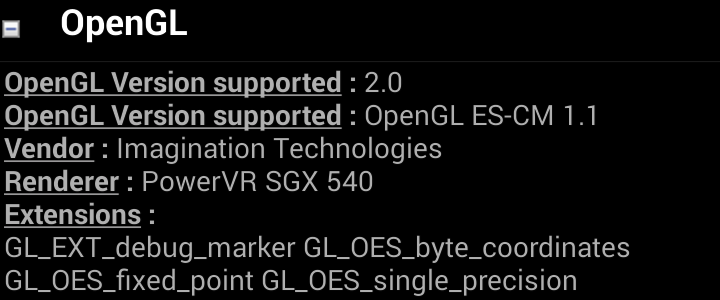
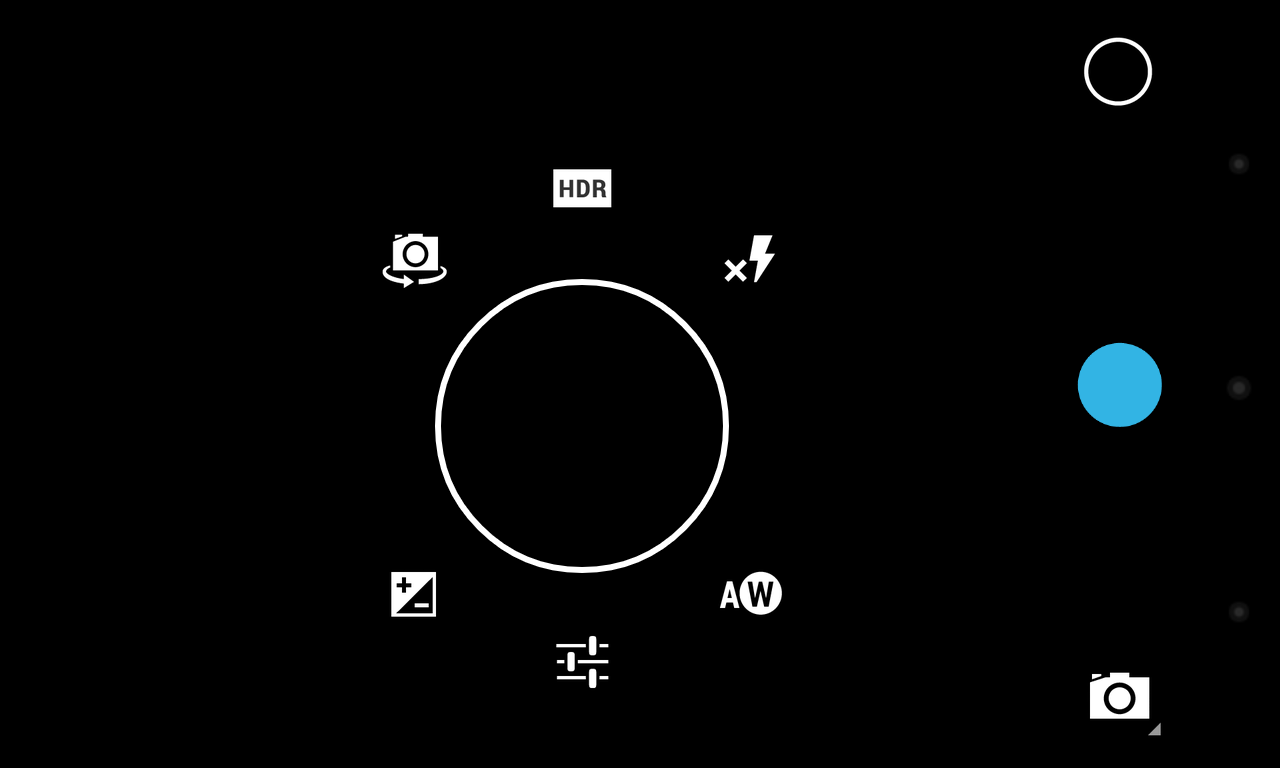

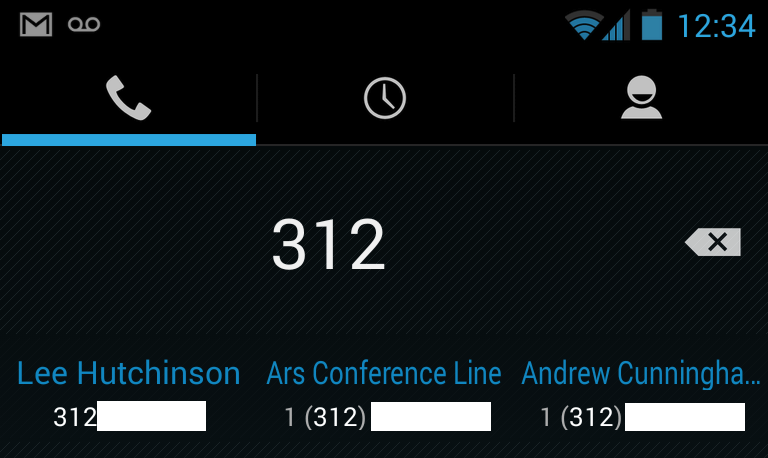
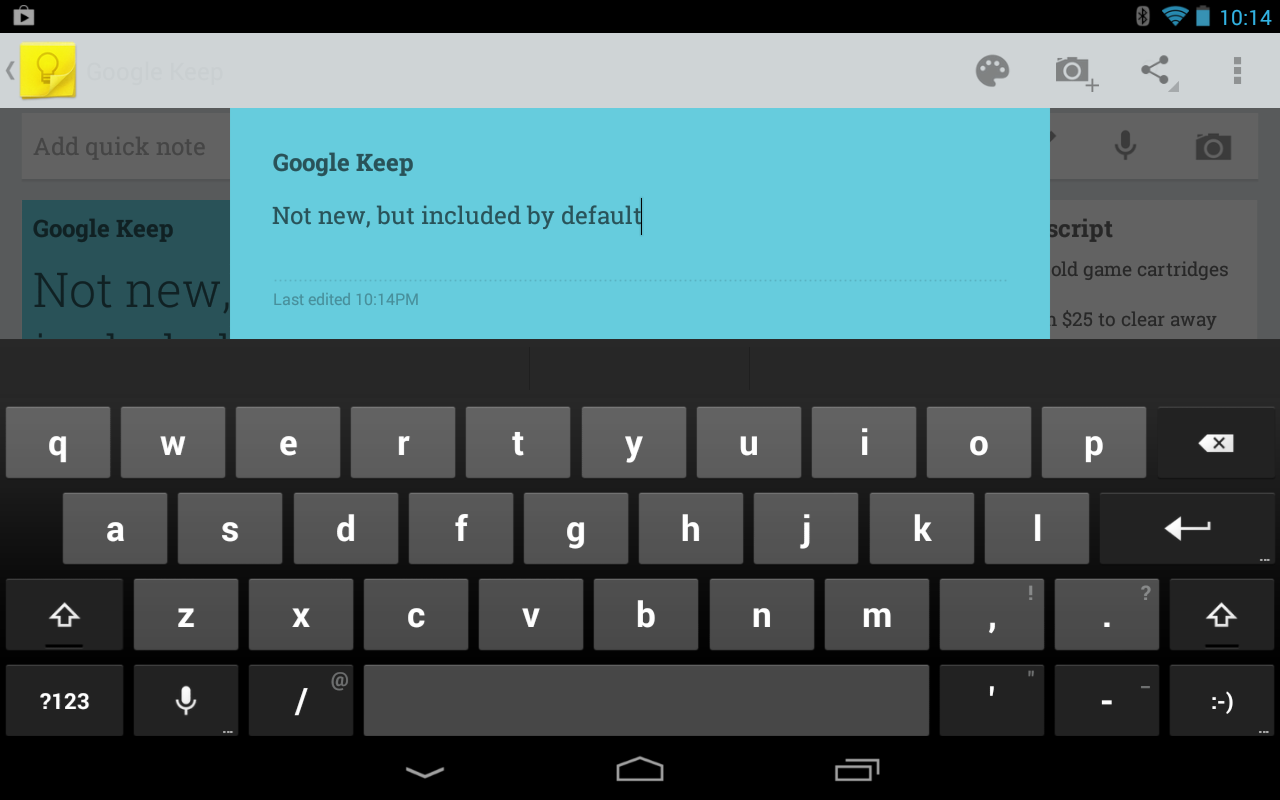

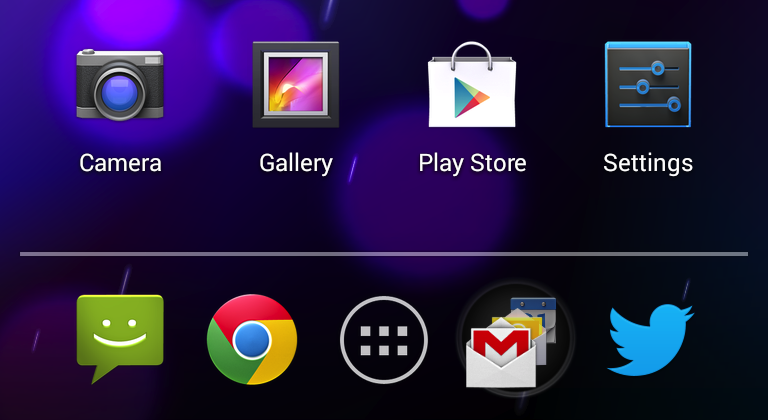
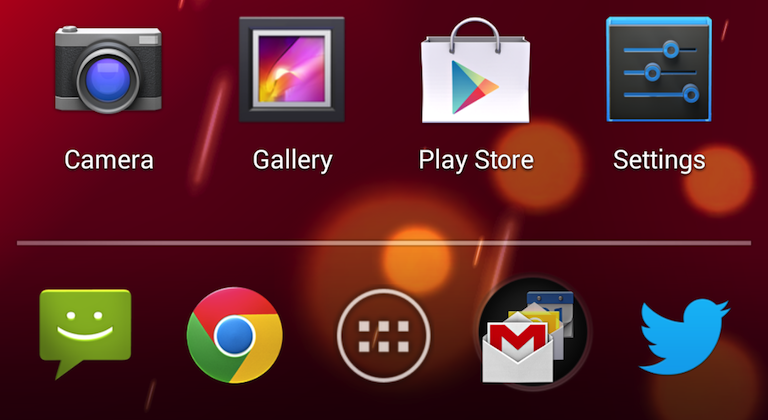
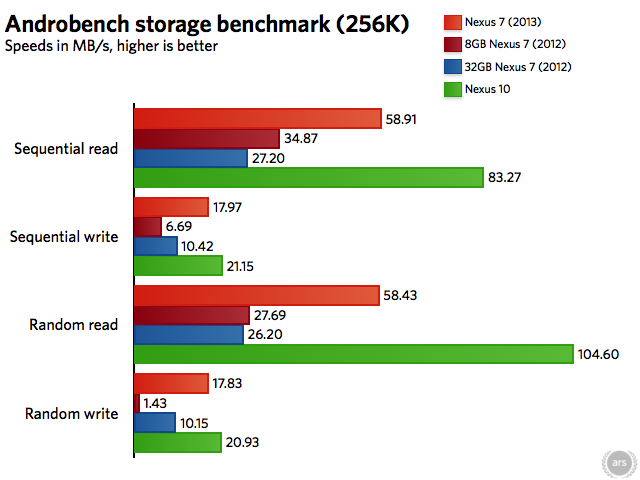
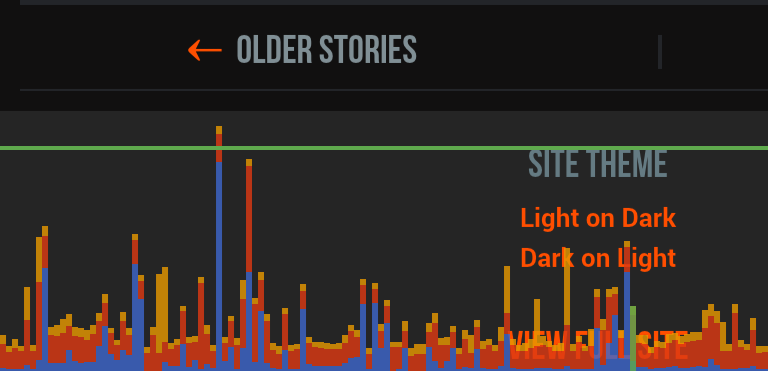
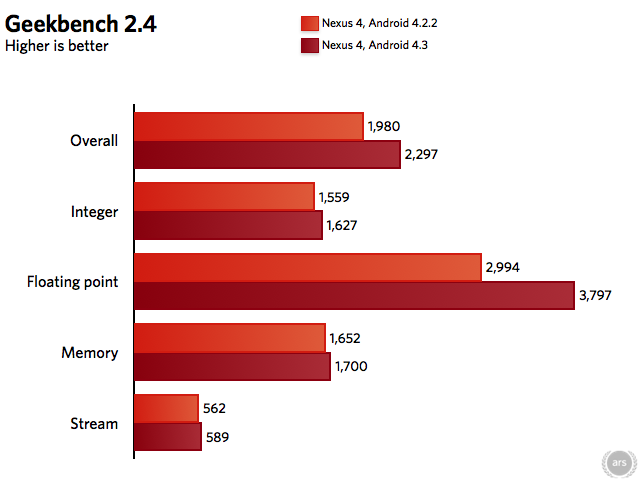
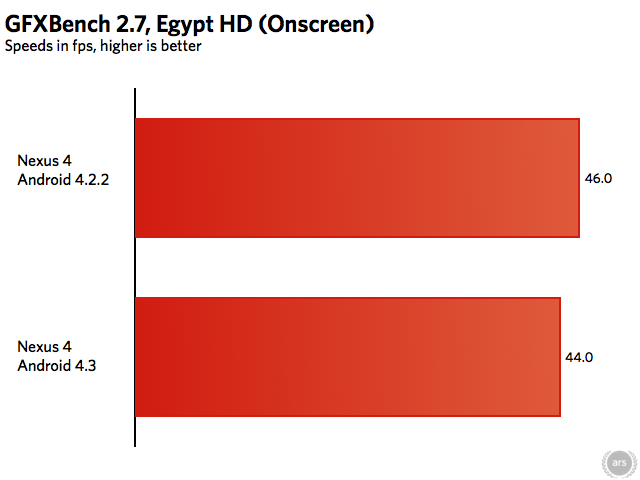
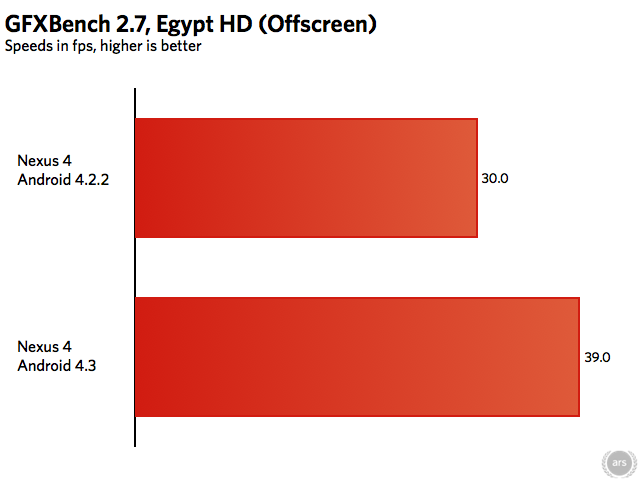
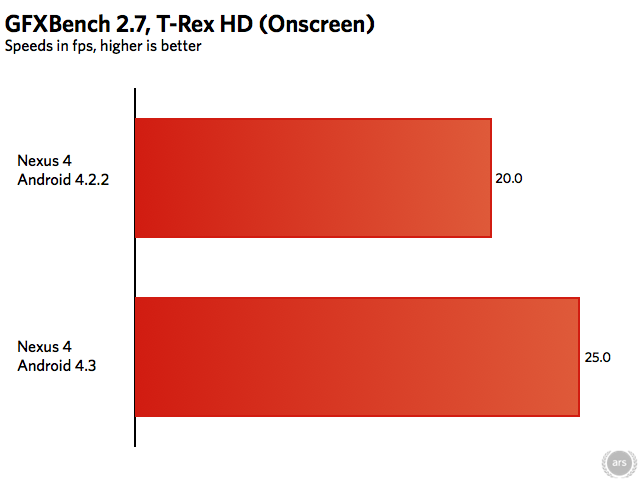
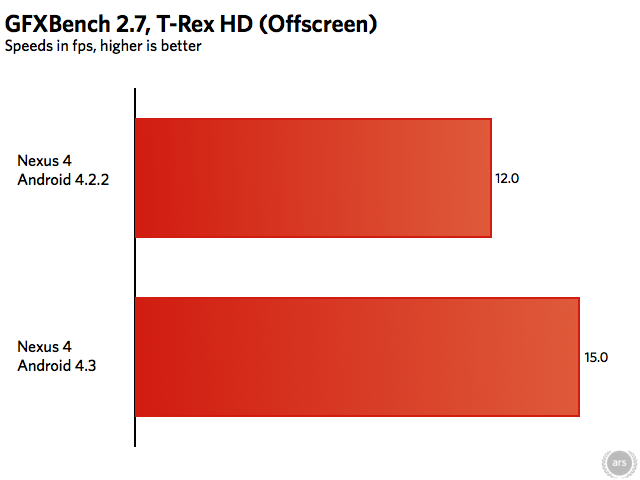
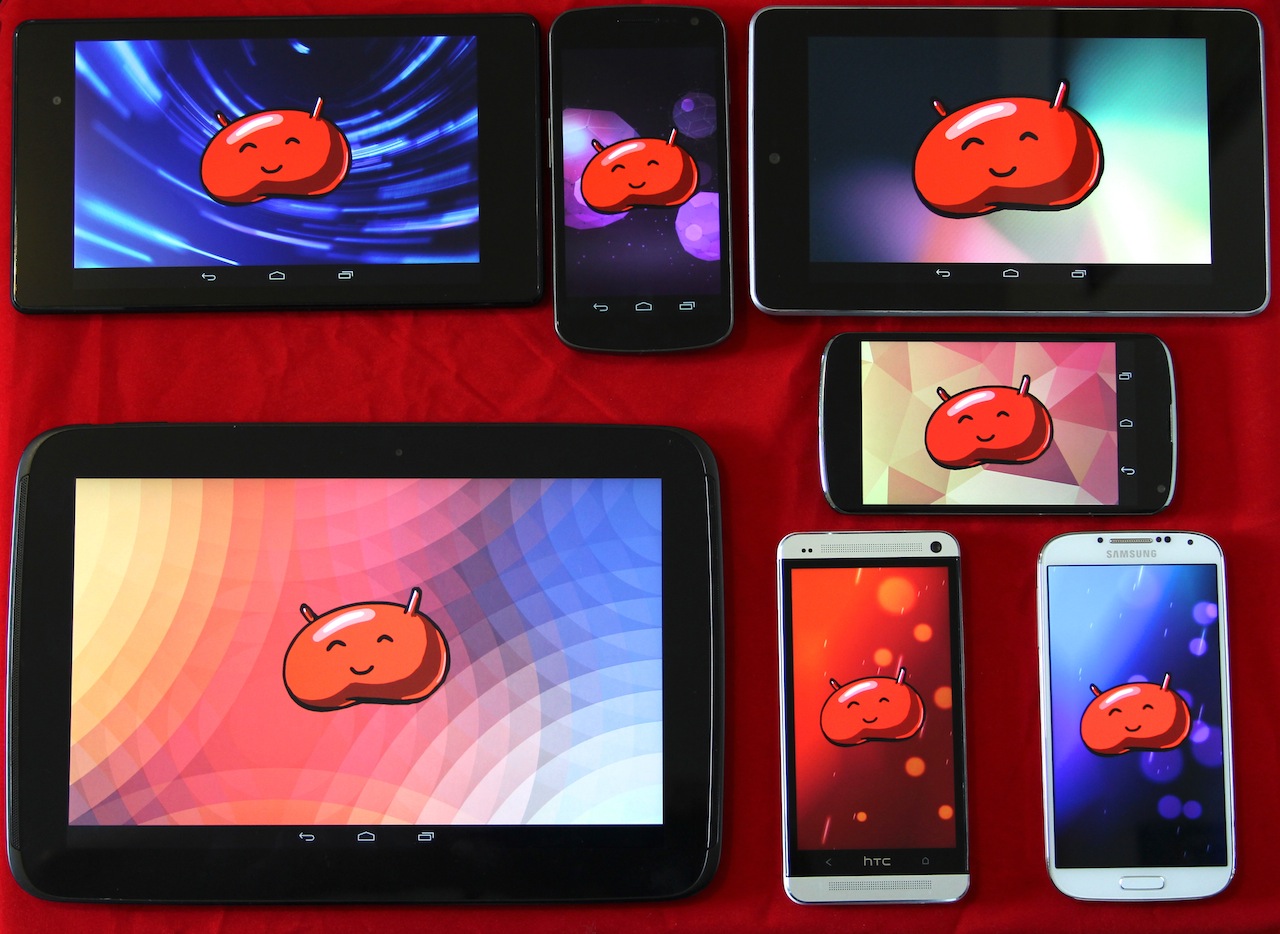

 Loading comments...
Loading comments...
